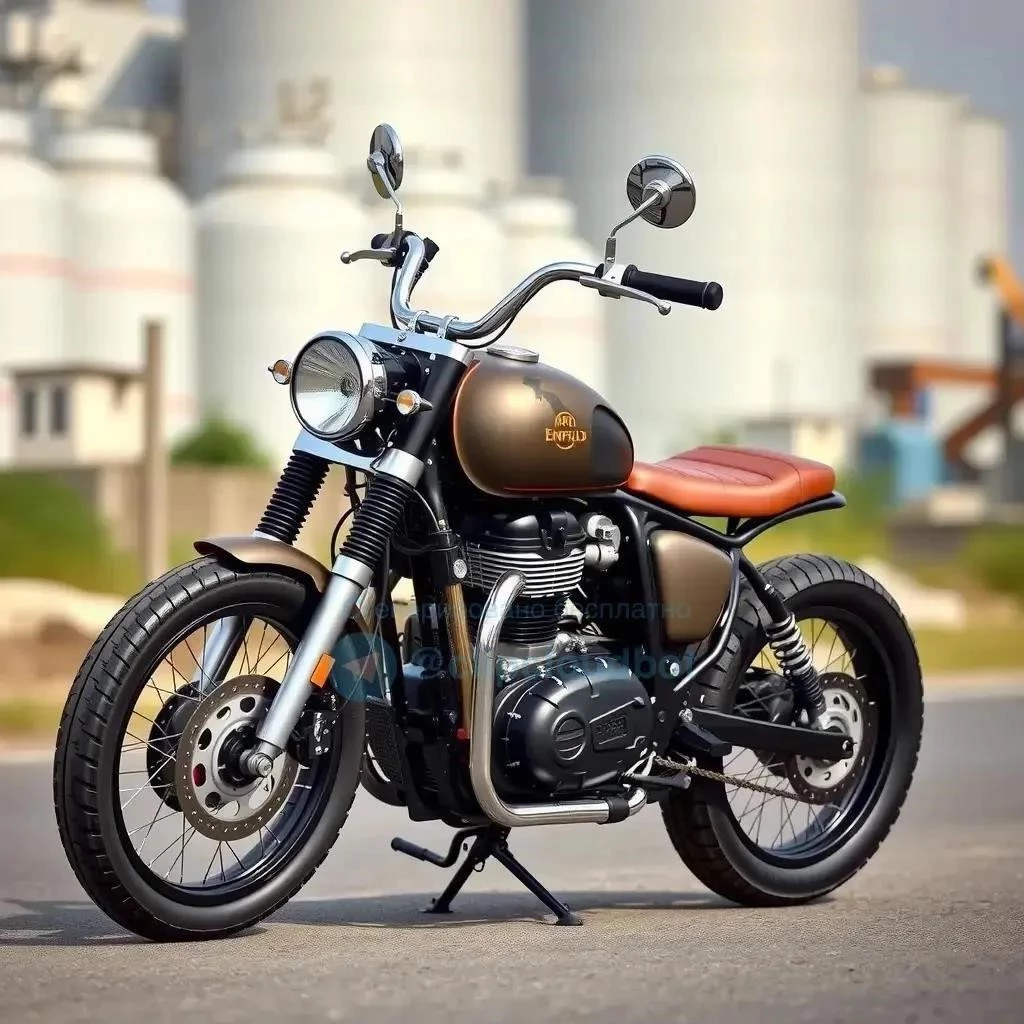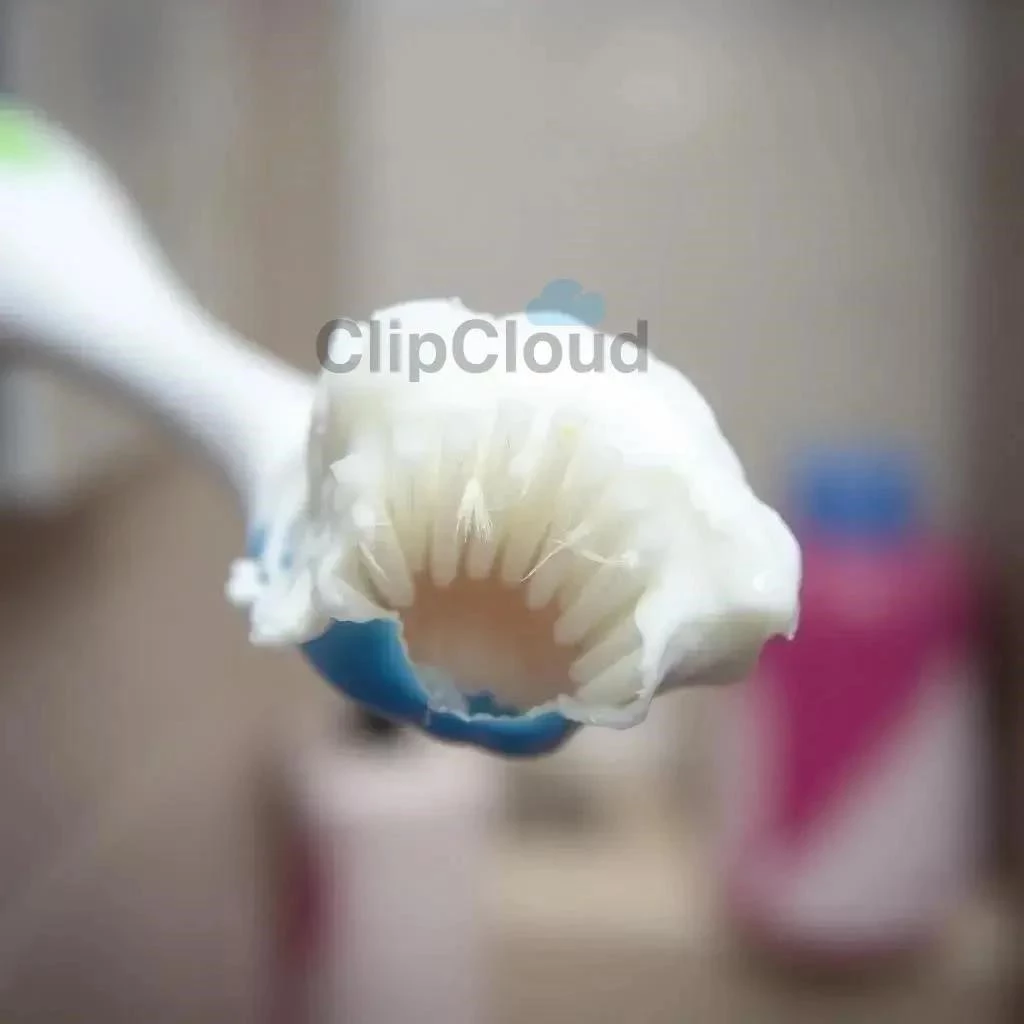The convenience of buying cannabis products online is undeniable, but when it comes to purchasing a ground weed flower online, there are several crucial factors to consider to ensure a safe, legal, and satisfying experience. Navigating the digital marketplace for cannabis requires careful attention to detail, as the quality and legitimacy of products can vary significantly. Making informed decisions about your purchase is paramount, especially when dealing with a product intended for consumption. Therefore, understanding the nuances of online cannabis retail is key to avoiding potential pitfalls and enjoying the benefits of readily available ground weed flower.
Legality and Licensing
Before even browsing online dispensaries, it’s absolutely essential to understand the cannabis laws in your state or region. Is recreational or medical marijuana legal? Does your state require a medical card to purchase cannabis products, even online? Purchasing from an unlicensed vendor carries significant risks, including potential legal repercussions and the possibility of receiving substandard or even dangerous products. Always verify that the online dispensary holds the necessary licenses and certifications to operate legally in your area. Look for clearly displayed license numbers and contact information on the website.
How to Verify a License
- Check the website’s “About Us” or “Legal” section for licensing information.
- Contact your state’s cannabis regulatory agency to confirm the dispensary’s license is valid.
- Be wary of vendors who don’t display their license information prominently.
Product Quality and Transparency
One of the biggest challenges of buying cannabis online is the inability to physically inspect the product before purchase. Therefore, it’s crucial to rely on detailed product descriptions, customer reviews, and lab testing results. Reputable online dispensaries will provide comprehensive information about their ground weed flower, including strain type, THC/CBD content, terpene profile, and origin. Look for dispensaries that offer third-party lab reports to verify the product’s potency and purity.
Red Flags to Watch Out For:
- Vague or incomplete product descriptions.
- Lack of lab testing results.
- Unusually low prices (which could indicate low quality or counterfeit products).
- Negative or suspicious customer reviews.
Shipping and Delivery Policies
Pay close attention to the online dispensary’s shipping and delivery policies. Do they ship to your state or region? What are the delivery fees and estimated delivery times? Most importantly, ensure that the dispensary uses discreet packaging to protect your privacy and prevent theft. Also, confirm that they require proof of age upon delivery to comply with legal requirements. A reputable dispensary will have clear and transparent shipping policies that prioritize security and compliance.
Payment Options and Security
Secure payment processing is paramount when making online purchases, especially for sensitive products like cannabis. Verify that the online dispensary uses a secure payment gateway with encryption to protect your financial information. Be cautious of dispensaries that only accept unconventional payment methods like cryptocurrency or money transfers, as these can be difficult to track and may be indicative of fraudulent activity. Before finalizing your purchase of ground weed flower, carefully review the dispensary’s privacy policy to understand how your personal information will be used and protected.
Ultimately, by carefully considering these four key factors – legality, product quality, shipping policies, and payment security – you can confidently navigate the online cannabis marketplace and make informed decisions when purchasing ground weed flower. Remember to prioritize your safety and compliance with local laws to ensure a positive and legal experience.






